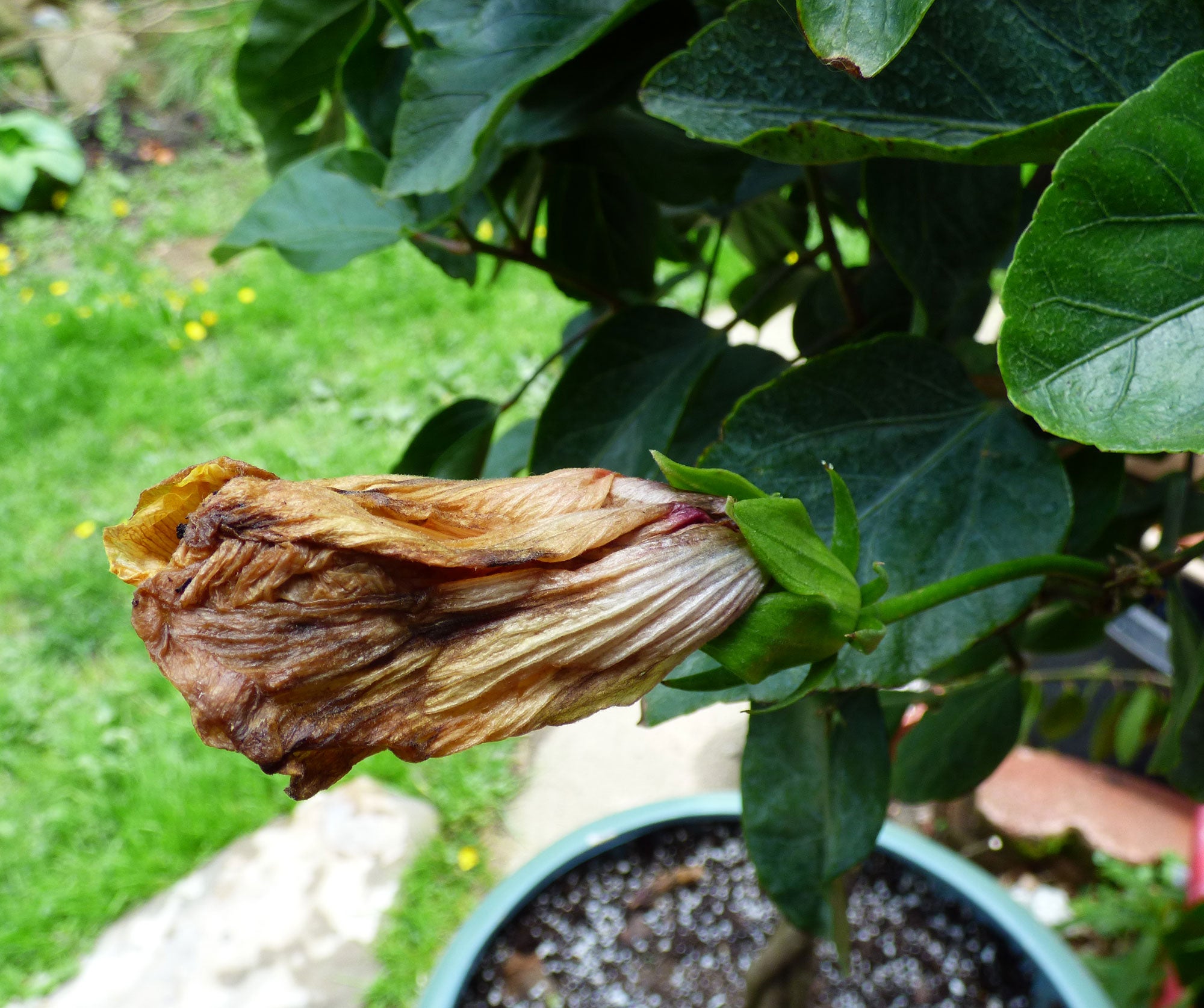Deadheading Hibiscus Flowers: Information On Pinching Off Hibiscus Blooms


There are many different types of hibiscus, from their hollyhock cousins to the smaller flowering rose of Sharon, (Hibiscus syriacus). Hibiscus plants are more than the delicate, tropical specimen that goes by the name Hibiscus rosa-sinensis. Most are herbaceous perennials, dying to the ground in winter. Lush, beautiful flowers appear in summer, dying back to be replaced with more of the bountiful blooms the following year. The attentive gardener, accustomed to removing the spent blooms of many flowering plants, may nonchalantly be deadheading hibiscus too. While this task is seemingly part of the process of hibiscus flower care, maybe we should stop and inquire "do you have to deadhead hibiscus?"
Pinching Off Hibiscus Blooms
Deadheading, the process of removing fading flowers, can improve the appearance of the plant and prevent reseeding. According to information about hibiscus flowers, deadheading hibiscus is not a necessary part of hibiscus flower care. This is true for tropical hibiscus flowers, for rose of Sharon and for other types of hibiscus family blooms. If you're pinching off hibiscus blooms, you may be wasting time and actually preventing a late show of hibiscus flowers. You may also be delaying next year's flowers. Information on this subject indicates you may be inhibiting additional blooms later in the season, as these flowers are actually considered to be self-cleaning, dropping off on their own and replaced with new buds.
So, Do You Have to Deadhead Hibiscus?
More info on the subject of, “Should I be deadheading hibiscus?” indicates it is okay to remove the blooms if they are sickly or if you don't need the plant to bloom later in the season. Since most gardeners can't imagine not wanting more hibiscus flowers, however, we should probably stop deadheading hibiscus plants. For sickly specimens or those that don't have long-lasting flowers, substitute fertilization for the process of deadheading and watch how that works out for you instead. Re-evaluate growing conditions for your hibiscus plant, making sure it is getting full sun and growing in rich, loamy soil that is well-draining. This is likely a better solution for sickly hibiscus flowers.
Sign up for the Gardening Know How newsletter today and receive a free copy of our e-book "How to Grow Delicious Tomatoes".

Becca Badgett was a regular contributor to Gardening Know How for ten years. Co-author of the book How to Grow an EMERGENCY Garden, Becca specializes in succulent and cactus gardening.